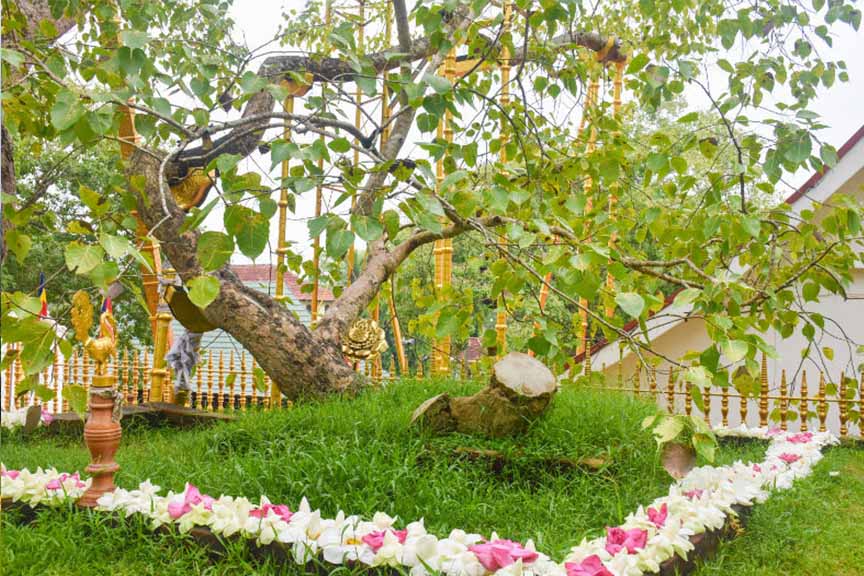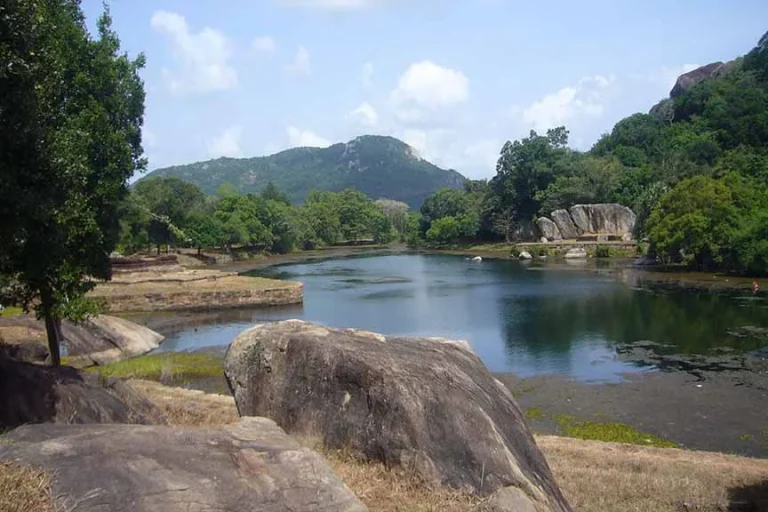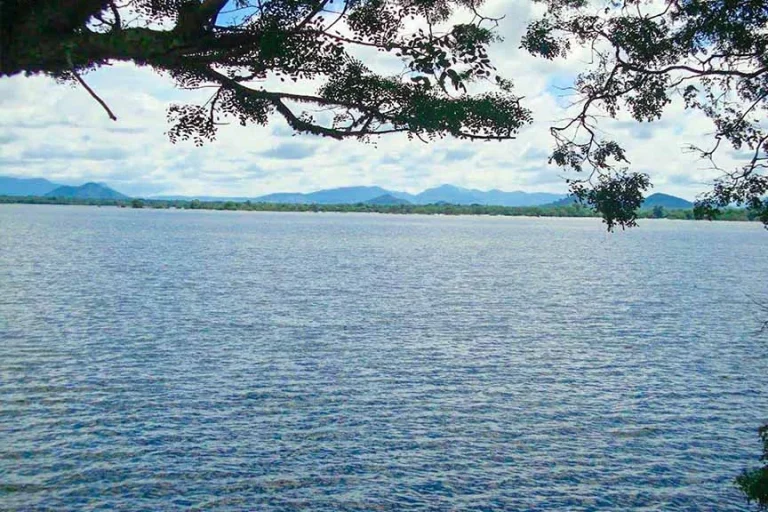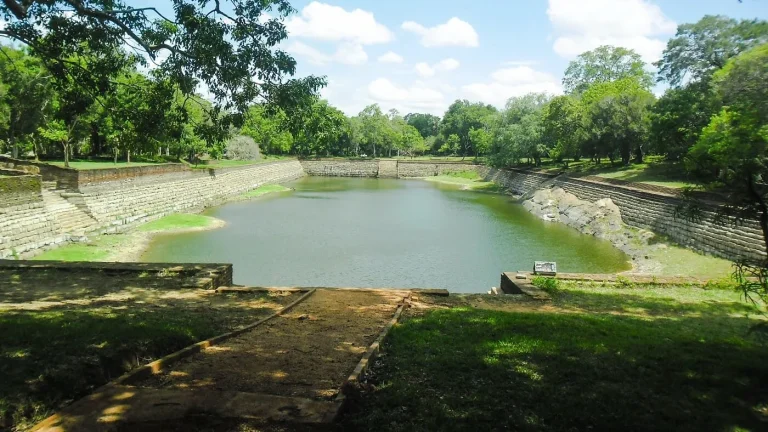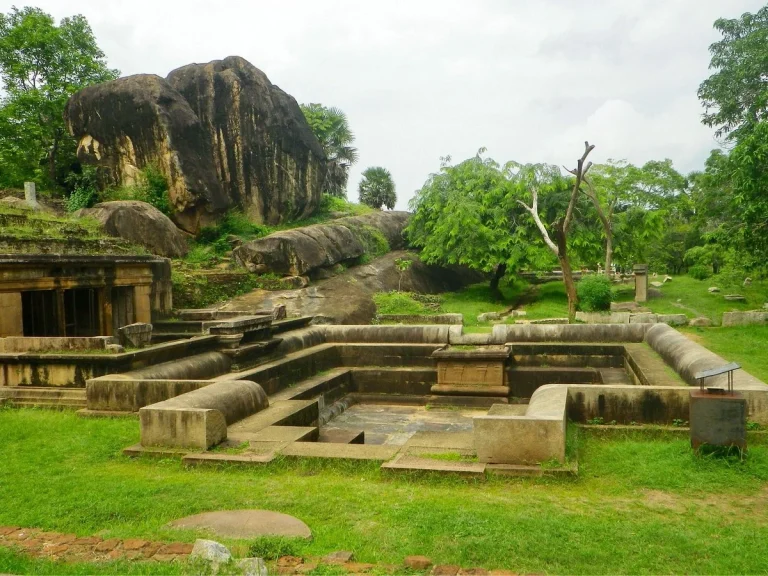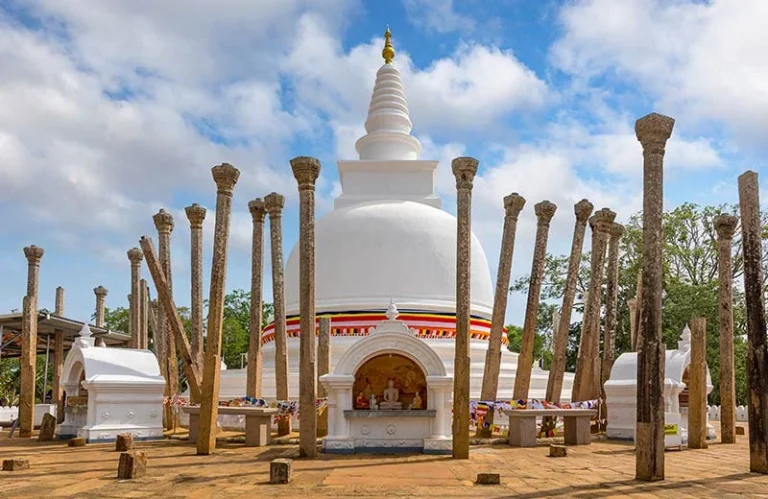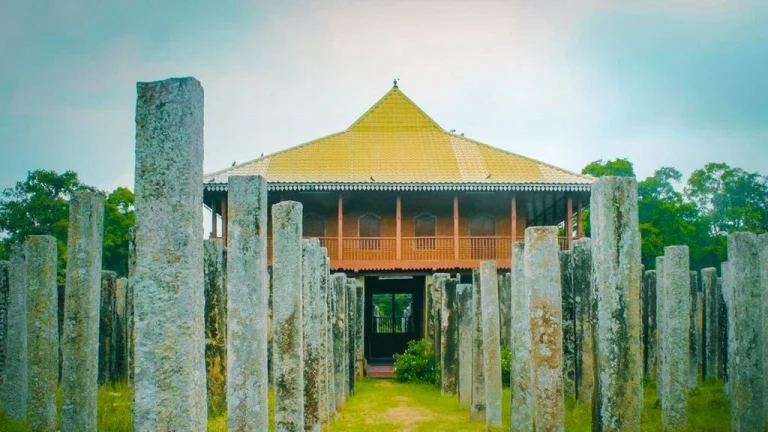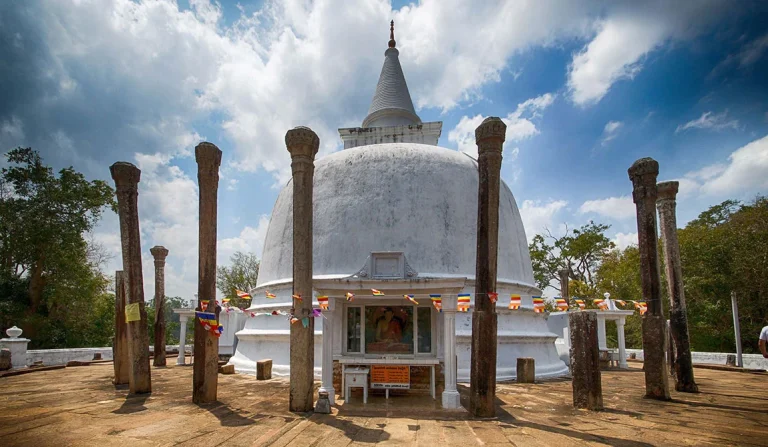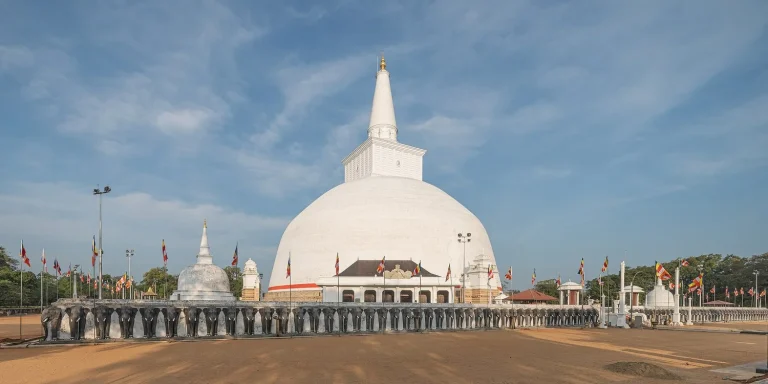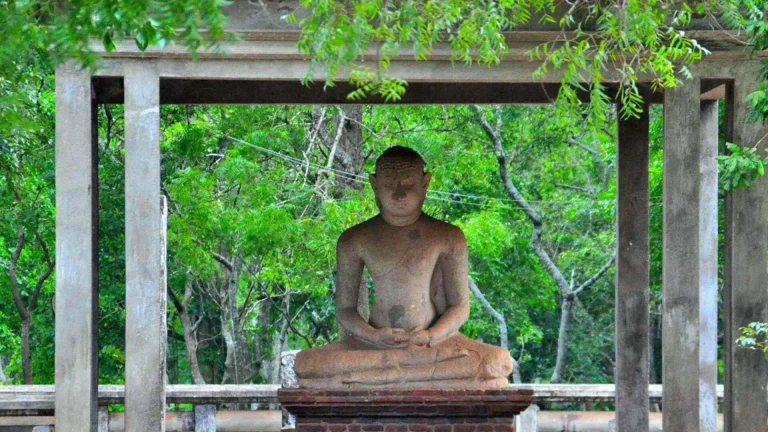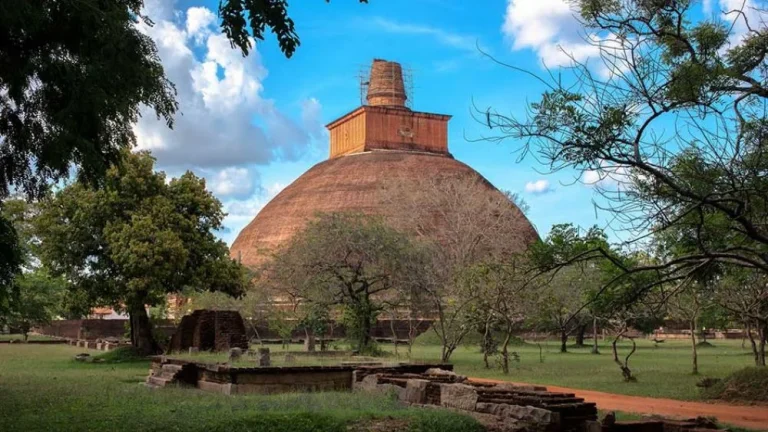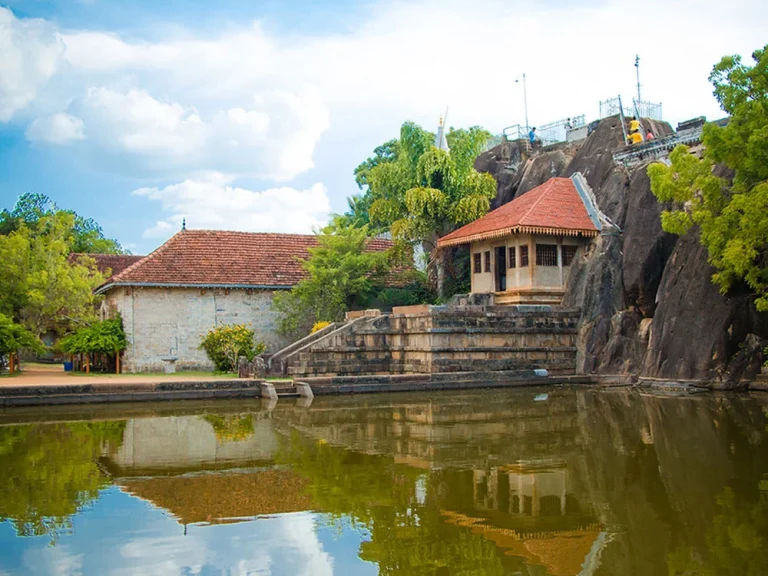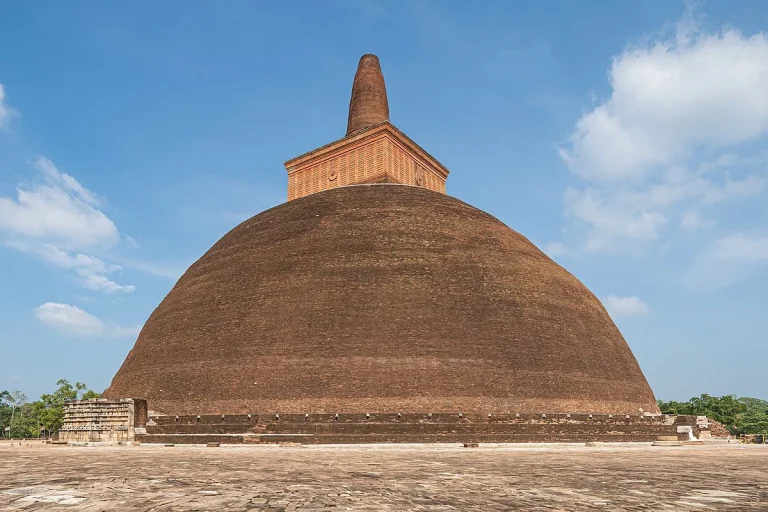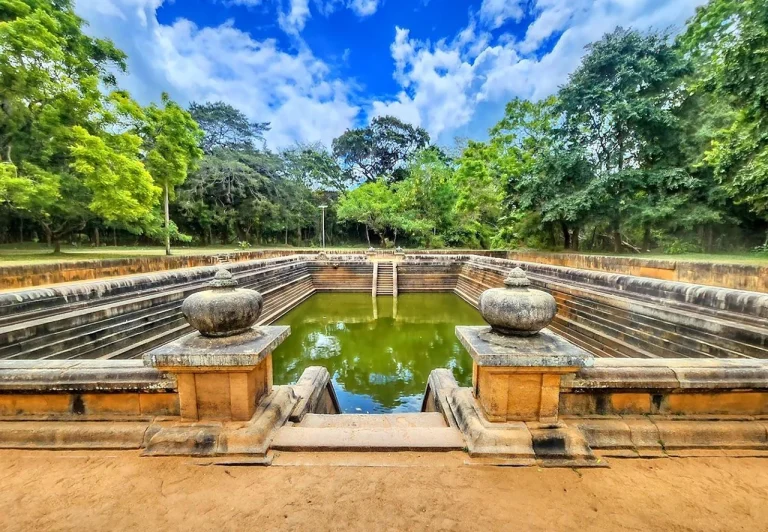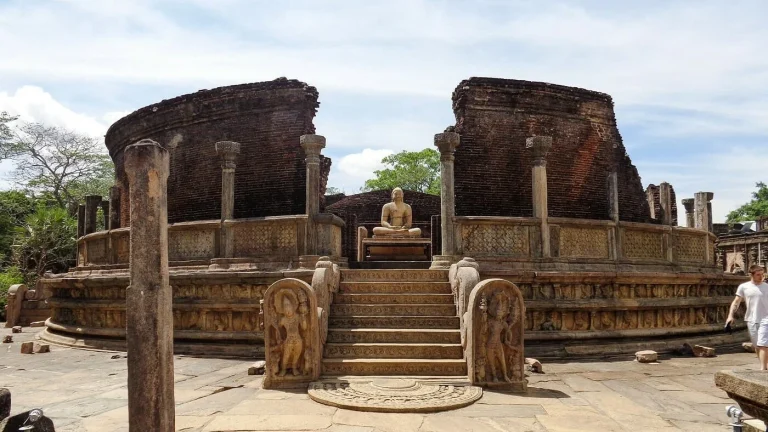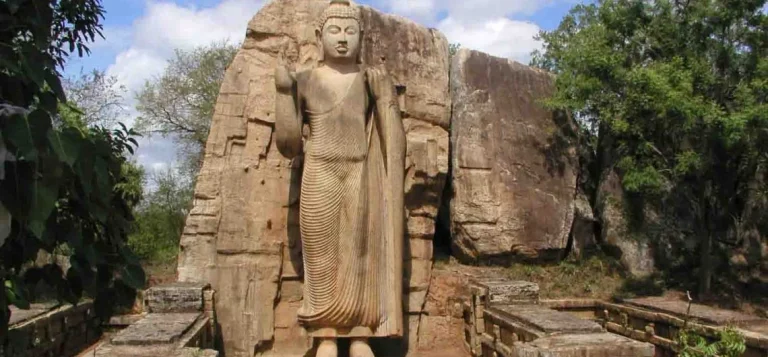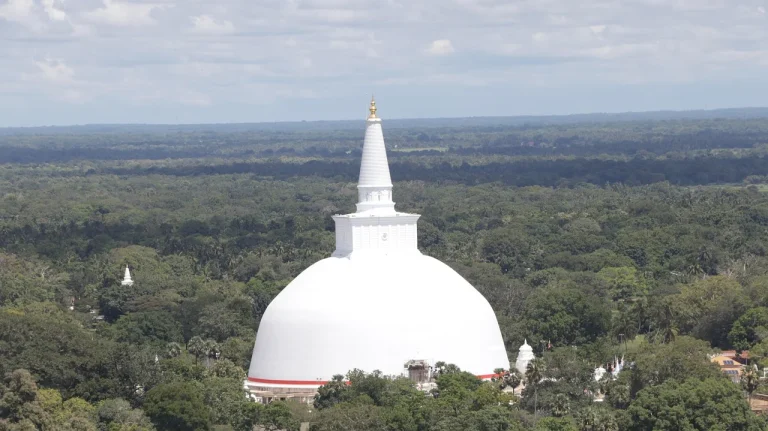All Provinces
Anuradhapura Sri Maha Bodhi: A Sacred Gem in Sri Lanka’s Ancient City
Anuradhapura, a UNESCO World Heritage Site and one of Sri Lanka’s most historically significant cities, is home to one of the oldest documented trees in the world: the Sri Maha Bodhi. This sacred fig tree (Ficus religiosa) is not just an extraordinary biological wonder but holds deep spiritual significance for millions of Buddhists across the world. Planted over 2,300 years ago, it is believed to be a direct sapling from the Bodhi tree in India, under which Prince Siddhartha attained enlightenment and became the Buddha.
If you’re planning a trip to Sri Lanka, a visit to the Sri Maha Bodhi in Anuradhapura is an experience not to be missed. Here’s everything you need to know to explore this sacred site.
History of the Sri Maha Bodhi
The Sri Maha Bodhi has an extraordinary backstory that intertwines religion, royalty, and nature. Around 288 BC, Sangamitta Thera, a Buddhist nun and daughter of Emperor Asoka of India, brought the sapling from the original Bodhi tree in Bodh Gaya, India, to Sri Lanka. It was planted in the Mahamewna Gardens of Anuradhapura by King Devanampiya Tissa, a revered monarch who was responsible for embracing and spreading Buddhism across Sri Lanka.
Today, this sacred tree is the oldest historically authenticated tree in the world, with continuous records of its planting and care. It has survived numerous invasions, natural disasters, and political upheavals, serving as a symbol of endurance, faith, and peace.
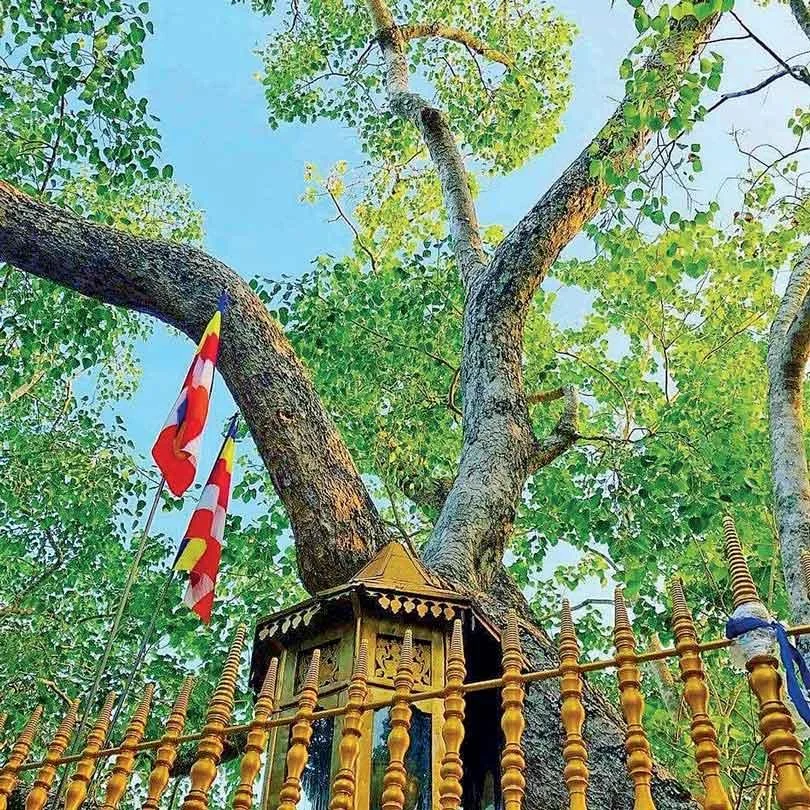
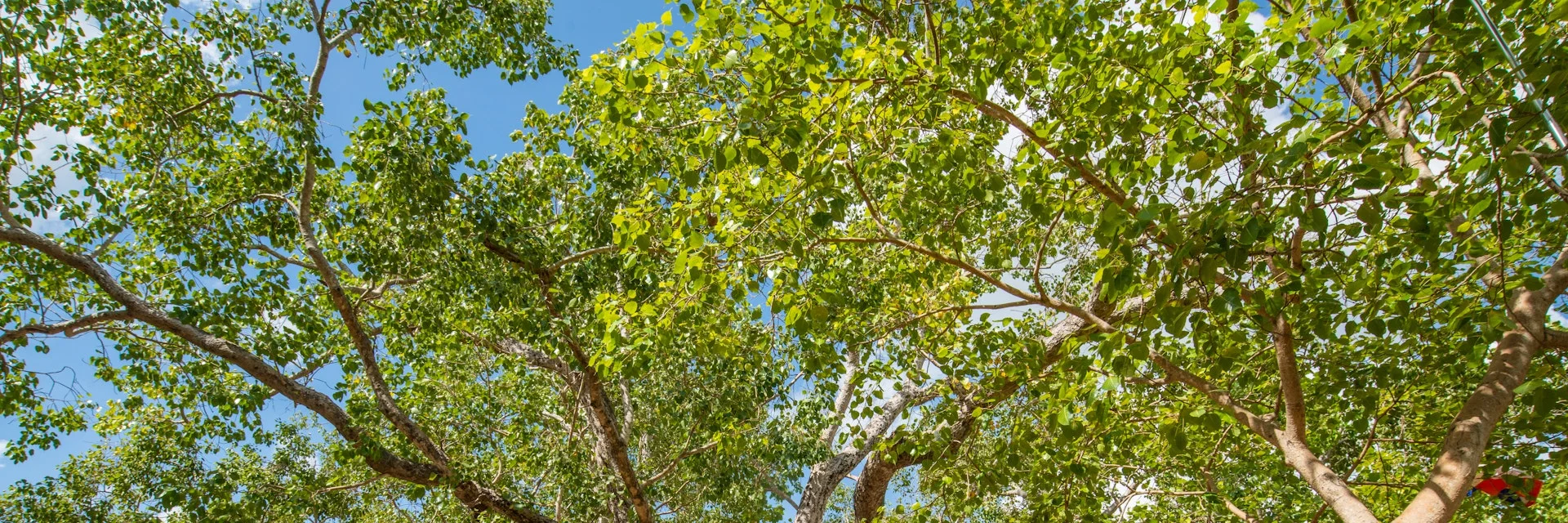
Spiritual Significance
The Sri Maha Bodhi is more than just a tree; it is a living relic that represents the essence of Buddhism. Pilgrims from all corners of the globe visit this site to offer prayers, meditate, and seek blessings. For Buddhists, the Bodhi tree is a reminder of the Buddha’s enlightenment, and being in its presence is thought to bring inner peace and spiritual enlightenment.
On Poya days (Buddhist full moon days), especially the Vesak festival, the tree is beautifully adorned with offerings, and the atmosphere is filled with devotion and reverence. Thousands of devotees gather to participate in rituals, chanting, and ceremonies, creating an environment charged with positive spiritual energy.
What to See at Sri Maha Bodhi
1. The Sacred Tree Itself
The Sri Maha Bodhi is encircled by golden railings for protection, but you can clearly view the tree and its branches extending upwards. Visitors often bring offerings of flowers, especially lotuses and jasmine, and light oil lamps or incense sticks as a mark of devotion.
2. Ruwanwelisaya Stupa
Just a short distance from the Sri Maha Bodhi, you will find the towering Ruwanwelisaya stupa, one of the largest and most revered stupas in Sri Lanka. Built by King Dutugemunu around 140 BC, this magnificent white stupa stands as a symbol of the king’s victory and the establishment of Buddhism in the region.
3. Isurumuniya Temple
Another must-visit site nearby is the Isurumuniya Temple, famous for its intricate rock carvings and ancient architecture. The most notable carving here is the Isurumuniya Lovers, which has captured the imagination of many visitors over the centuries.
4. Jetavanaramaya Stupa
This towering stupa, once the tallest brick structure in the world, is another highlight in Anuradhapura. Built by King Mahasena in the 3rd century AD, it is a testament to the architectural prowess of ancient Sri Lanka and the deep-rooted spirituality of the time.
Best Time to Visit
The best time to visit the Sri Maha Bodhi and Anuradhapura is between December and April, during the dry season, when the weather is warm and pleasant. Visiting during Poya days or Buddhist festivals can provide a more immersive experience, as you’ll witness devotees performing rituals and celebrations, although it may also be more crowded.
Early mornings and late afternoons are ideal times to explore the site, as temperatures are cooler and the golden sunlight enhances the beauty of the surroundings. Be sure to dress modestly and respect local customs, as this is a highly sacred site.

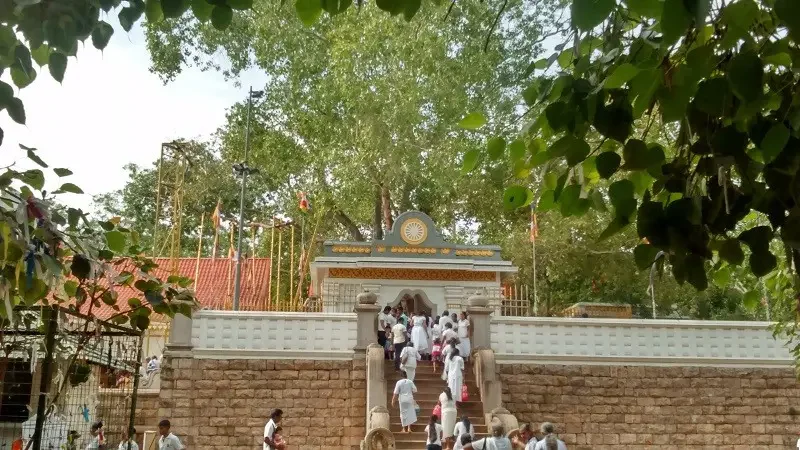
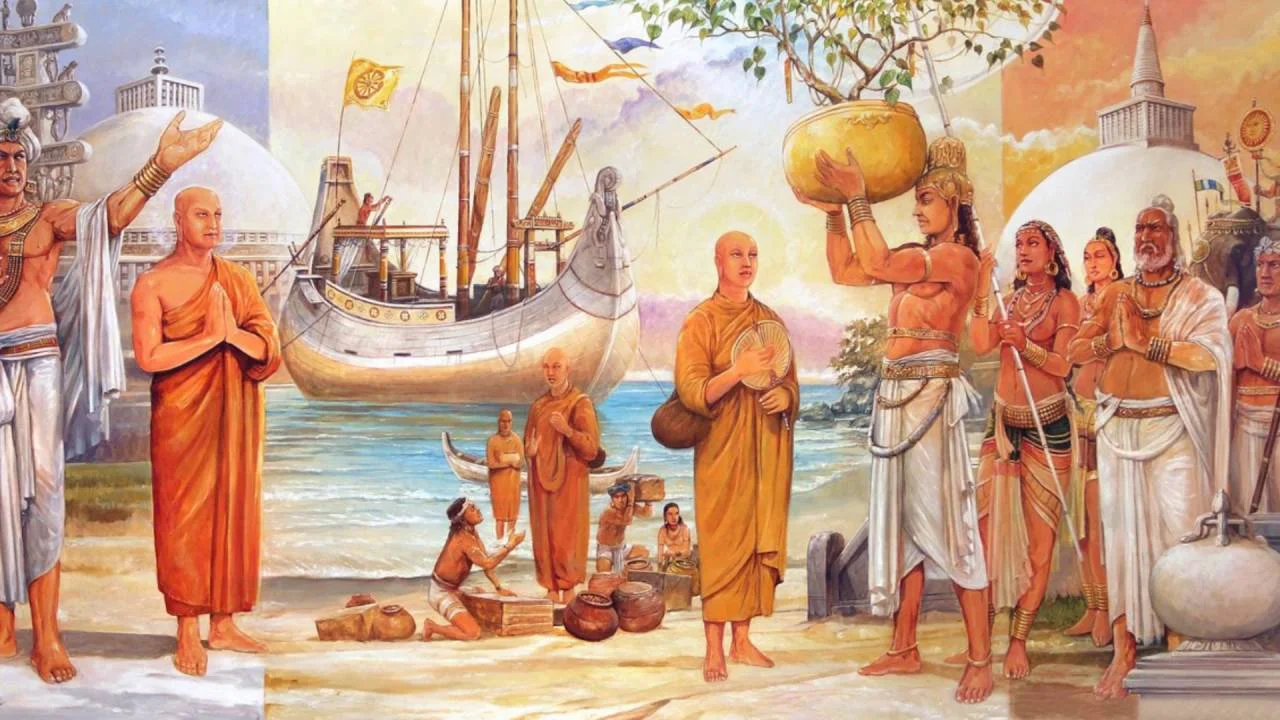
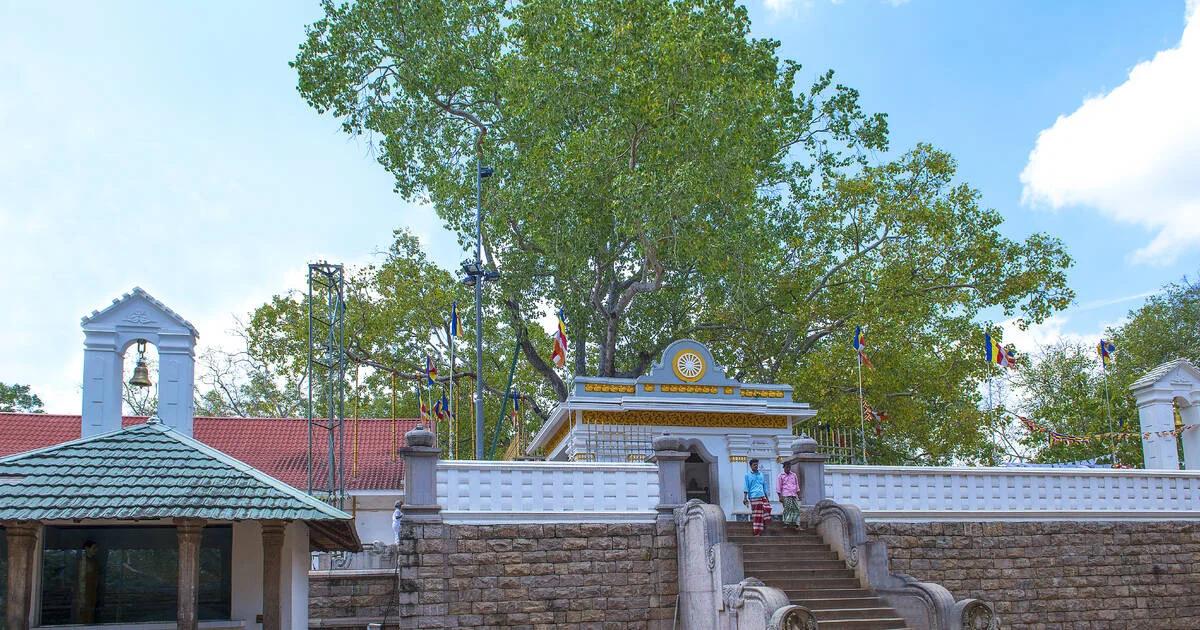
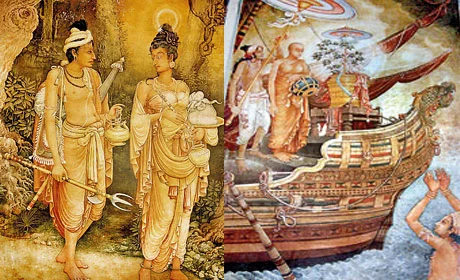
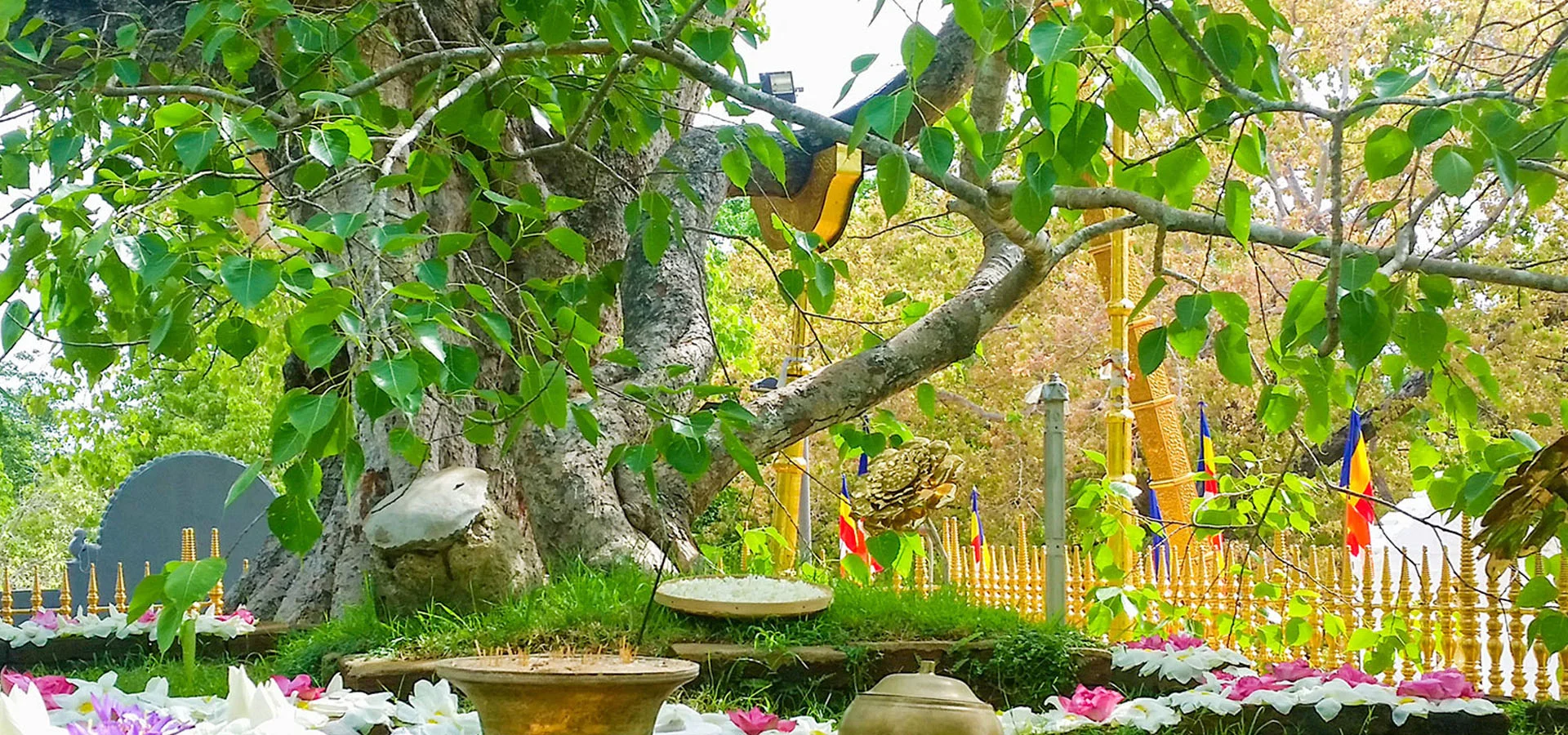
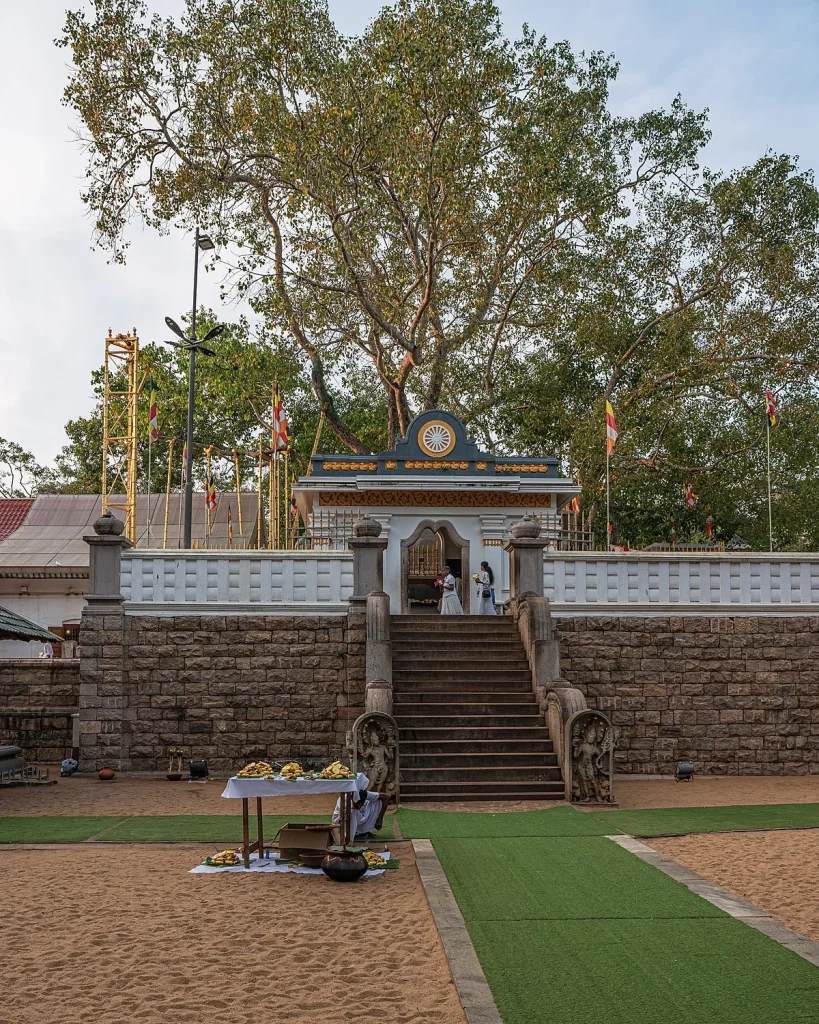
How to Get There
Anuradhapura is located about 200 km north of Colombo, and the easiest way to get there is by train or bus from Colombo or other major cities like Kandy. You can also hire a private vehicle for a more comfortable journey. The train ride offers stunning views of the Sri Lankan countryside and is an experience in itself.
Once in Anuradhapura, the Sri Maha Bodhi is easily accessible by tuk-tuk or on foot, as it is centrally located within the Sacred City area.
Travel Tips for Visiting Sri Maha Bodhi
- Dress modestly: Wear clothing that covers your shoulders and knees, as this is a sacred Buddhist site.
- Be respectful: As a place of worship, avoid loud conversations and maintain a respectful demeanor while within the temple grounds.
- Remove shoes: It is customary to remove shoes before entering the temple area. Carry a pair of socks if the ground is hot.
- Carry water: Anuradhapura can get hot during the day, so bring plenty of water to stay hydrated.
- Capture memories: Photography is allowed, but avoid taking photos directly in front of people praying or performing religious rituals.
- Timing: Visit early in the morning or late in the afternoon for a more peaceful experience and to avoid the midday heat.
Conclusion
The Sri Maha Bodhi in Anuradhapura is not just an iconic religious landmark but also a symbol of Sri Lanka’s rich cultural heritage and enduring connection to Buddhism. Whether you are a history enthusiast, a spiritual seeker, or simply a traveler looking for a meaningful experience, a visit to this sacred tree will leave a lasting impression on your soul. The tranquil atmosphere, combined with the reverence and devotion of the locals, makes it a truly unforgettable experience.
Plan your visit to Anuradhapura, and immerse yourself in the spiritual serenity of the Sri Maha Bodhi, a testament to faith, history, and the beauty of Sri Lanka’s ancient Buddhist traditions.
See More Tourist Places Click Here

